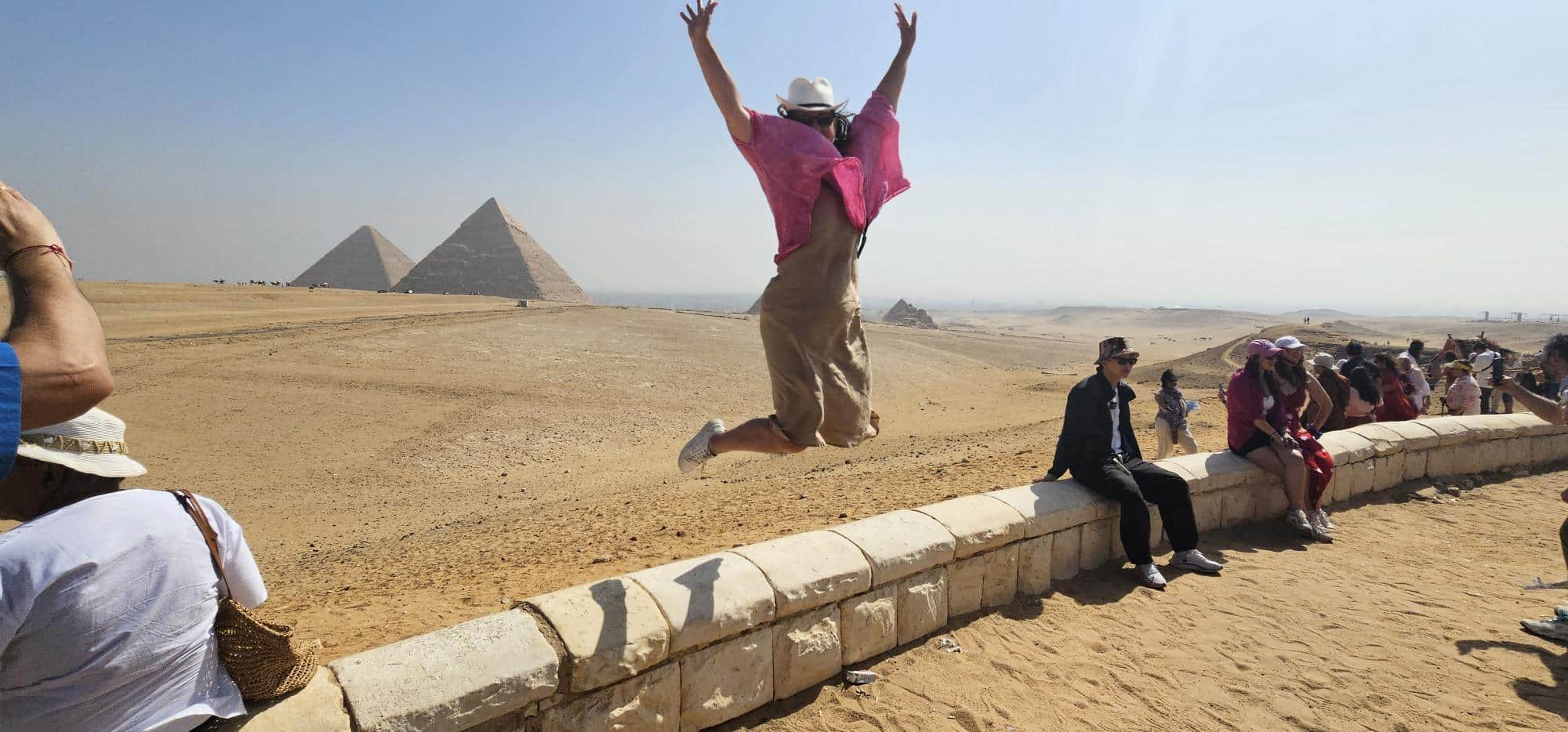Welcome to Tanzania
The heart and soul of Africa
This vast East African country really is a dream destination. There’s amazing game viewing in the country’s national parks, where you’ll have the opportunity to see not only the Big Five, but also numerous other animals and birds.
Beyond astounding traditional safari experiences, you can also enjoy the “greatest wildlife show on earth” – the Great Wildebeest Migration across the Serengeti in Tanzania. Involving more than two million wildebeest, plus gazelle and zebra, it’s one of the greatest animal land migrations on the planet. But there truly is no beginning or end – it’s an endless pilgrimage, a constant search for food and water that never stops as the animals charge ever onwards towards better grazing areas. During the migration, there’s also an incredible calving season, during which thousands of young are born every day.
And that’s just the Serengeti. Within Tanzania’s borders lie some of Africa’s most famous landmarks, from Africa’s highest peak, Mount Kilimanjaro, and the world’s largest intact volcanic caldera, the Ngorongoro Crater, to the world’s largest game reserve, the Selous Game Reserve.
Tanzania is also home to the second-largest freshwater body in the world, Lake Victoria, as well as Lake Tanganyika, the second-deepest lake on the planet. Add to this hot-air ballooning safaris, tree-climbing lions and the beautiful beaches on the exotic spice island of Zanzibar, and Tanzania is truly an all-encompassing African safari destination.
Scroll down for more…
“No-one can return from the Serengeti unchanged, for tawny lions will forever prowl our memory and great herds throng our imagination.”
– George Schaller (biologist, conservationist and author)
Tanzania at a glance
Located on the eastern coast of Africa, Tanzania boasts an 800 kilometre-long Indian Ocean coastline and shares borders with eight other countries: Rwanda, Burundi, the Democratic Republic of Congo, Uganda, Kenya, Zambia, Malawi and Mozambique. Tanzania is believed to be one of the oldest continually inhabited regions on Earth. Fossil remains of early humans have been discovered in the region that are estimated to be more than two million years old, making Tanzania a literal treasure trove for archaeological and paleo-anthropological discoveries, and helping historians continually map the history of human evolution.
Over the centuries, mainland Tanzania has been a colony of Portugal, Germany and Britain – the Sultan of Oman even took power for a time. It was a part of German East Africa from the late 1800s until 1919, when the region known as Tanganyika was officially given over to Britain for administration. Tanganyika went on to become a UN trust territory in 1947, before it was united with Zanzibar in 1964, becoming the United Republic of Tanzania. It’s flourished as a tourist destination ever since, thanks to its vast national parks prime for safari adventures and its rich culture. The nation’s diverse population is a result of its mixed colonial history as well as its many bordering nations – there’s an impressive combination of African, Arabic, Indian and European influences.
Food in Tanzania has also been heavily influenced by its colonial and trade history, and is well known for rich, spiced dishes and ugali, a corn-meal dish flavoured with local vegetables and meats that’s one of the most common dishes in Tanzania and East Africa. The most notable inhabitants of the region are undoubtedly the semi-nomadic Maasai people. This native ethnic group of northern Tanzania and southern Kenya is predominantly a cattle-keeping culture, known for their bright, distinctive dress and ongoing adherence to traditional customs in the face of growing modernisation. Many of Tanzania’s northern national parks exist within traditional Maasai land and the Maasai people are often involved in the daily activities within safari camps, using their local knowledge to guide walking safaris and tours around their local villages.
Travel is easy in Tanzania, and you’ll be surprised at the infrastructure – and internet access – in towns, cities and even in many of the Tanzania safari camps and lodges in wilderness areas. The tourism sector speaks a multitude of languages, including their native Swahili, more than 158 local languages, and English, which is the official language of business and education. You’ll be warmly welcomed by the local people who are generally very friendly. In many areas of Tanzania, local children will get very excited to see you and shout “mzungu!” It means foreign tourist, but it’s not a derogatory term and the children will smile and wave frantically to get your attention as they call out to you. Be sure to smile and greet people if they’ve made the effort with you.
Watch our Tanzania video below.
Tossing around ideas about Tanzania?
This is classic safari country – think vast savannahs, big cats, wildebeest migrations and breakfast with giraffes. But Kenya is also full of surprises, from white-sand beaches to vibrant cities and rich cultural traditions. Whether it’s your first time or your fifth, we’ll help you plan a journey that goes beyond the ordinary.
We offer the ultimate service in tailoring Tanzania safari holidays from Australia.
Let’s get started
